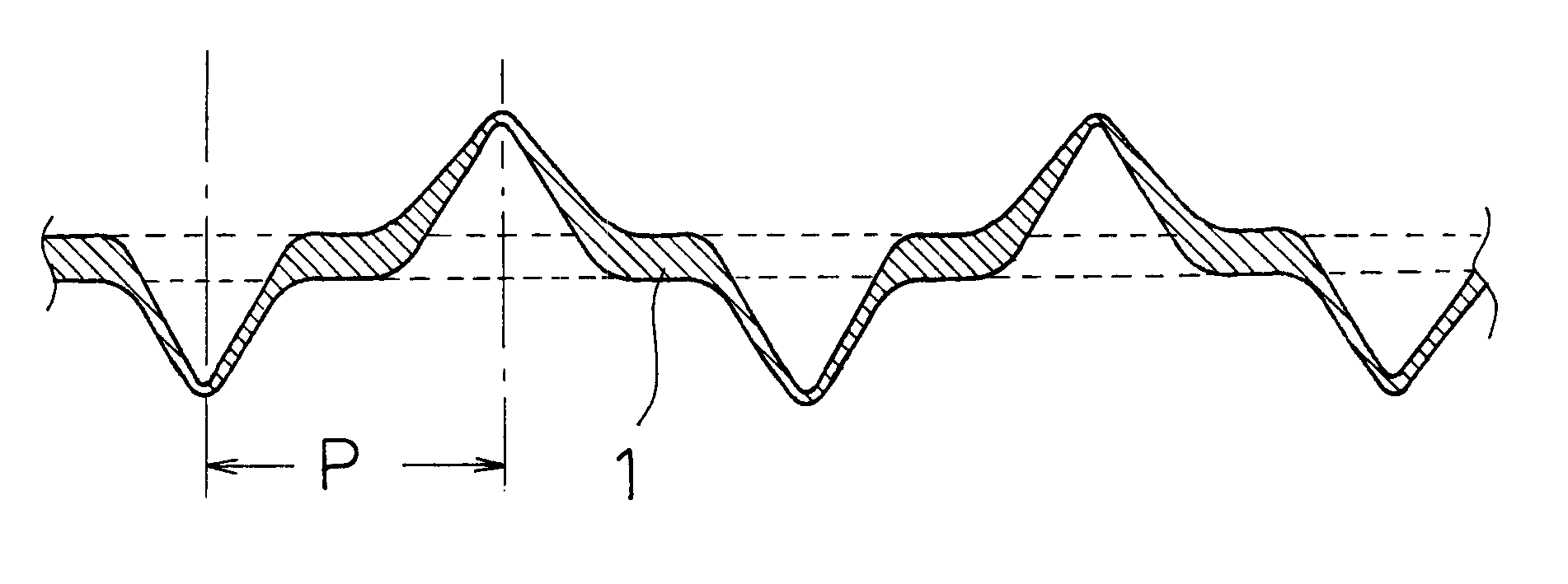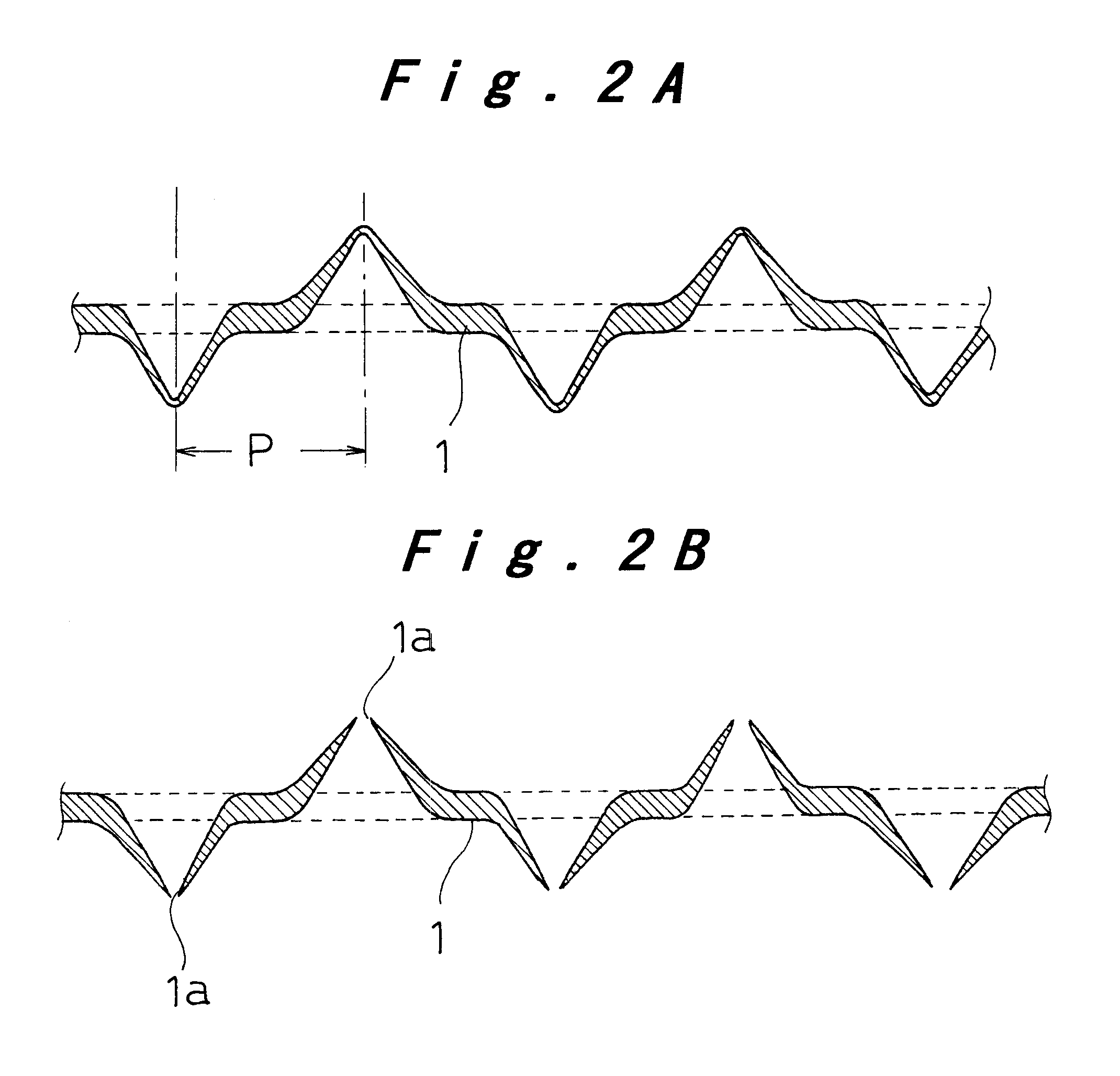Non-sintered electrode and method of manufacturing same
- Summary
- Abstract
- Description
- Claims
- Application Information
AI Technical Summary
Benefits of technology
Problems solved by technology
Method used
Image
Examples
example 2
The effects of conductive agent were compared in the coated type nickel positive electrode similarly to Example 1, using the electrode support c shown in Table 1 of Example 1. As the conductive agent, the effect of adding cobalt oxide of higher order and nickel powder, and the effect of coating cobalt oxide of higher order on the surface of nickel hydroxide powder constituting the active material were examined.
A paste mainly composed of active material was prepared in a similar way to that in Example 1 without adding cobalt powder, and was coated on the electrode support c. The electrode support c was then dried, compressed, and cut into the same dimensions to produce a coated nickel positive electrode for constituting a sealed battery of size C.
These nickel positive electrodes were combined with well-known hydrogen-absorption alloy negative electrodes to configure fifteen types of batteries P-1.about.T-1, P-2.about.T-2, U-1U.about.5 in a similar way as shown in Example 1, and charg...
example 3
In this Example, the hydrogen-absorption alloy negative electrode of a cylindrical sealed nickel-hydrogen storage battery produced using the electrode support shown in Example 1 was examined. The perforated metal sheet c in Table 1 was selected for the electrode support. The processed metal sheet c having the apparent thickness of 500 .mu.m was preliminarily passed through a roll press with a gap of 300 .mu.m thereby to reduce the apparent thickness thereof to 300 .mu.m.
A negative electrode was prepared using this perforated metal sheet. Carbon powder as a conductive agent and a binder of styrene-butadiene were added to alloy powder of the composition of MmNi.sub.3.6 Mn.sub.0.4 Al.sub.0.3 Co.sub.0.7 hydrogen-absorption alloy of AB.sub.5 type, kneaded with water into a paste, which was coated on the perforated metal sheet c of which apparent thickness had been reduced to 300 .mu.m. The perforated metal sheet was then dried, compressed, and cut into prescribed dimensions to obtain an ...
PUM
| Property | Measurement | Unit |
|---|---|---|
| Fraction | aaaaa | aaaaa |
| Volume | aaaaa | aaaaa |
| Volume | aaaaa | aaaaa |
Abstract
Description
Claims
Application Information
 Login to View More
Login to View More - R&D
- Intellectual Property
- Life Sciences
- Materials
- Tech Scout
- Unparalleled Data Quality
- Higher Quality Content
- 60% Fewer Hallucinations
Browse by: Latest US Patents, China's latest patents, Technical Efficacy Thesaurus, Application Domain, Technology Topic, Popular Technical Reports.
© 2025 PatSnap. All rights reserved.Legal|Privacy policy|Modern Slavery Act Transparency Statement|Sitemap|About US| Contact US: help@patsnap.com



